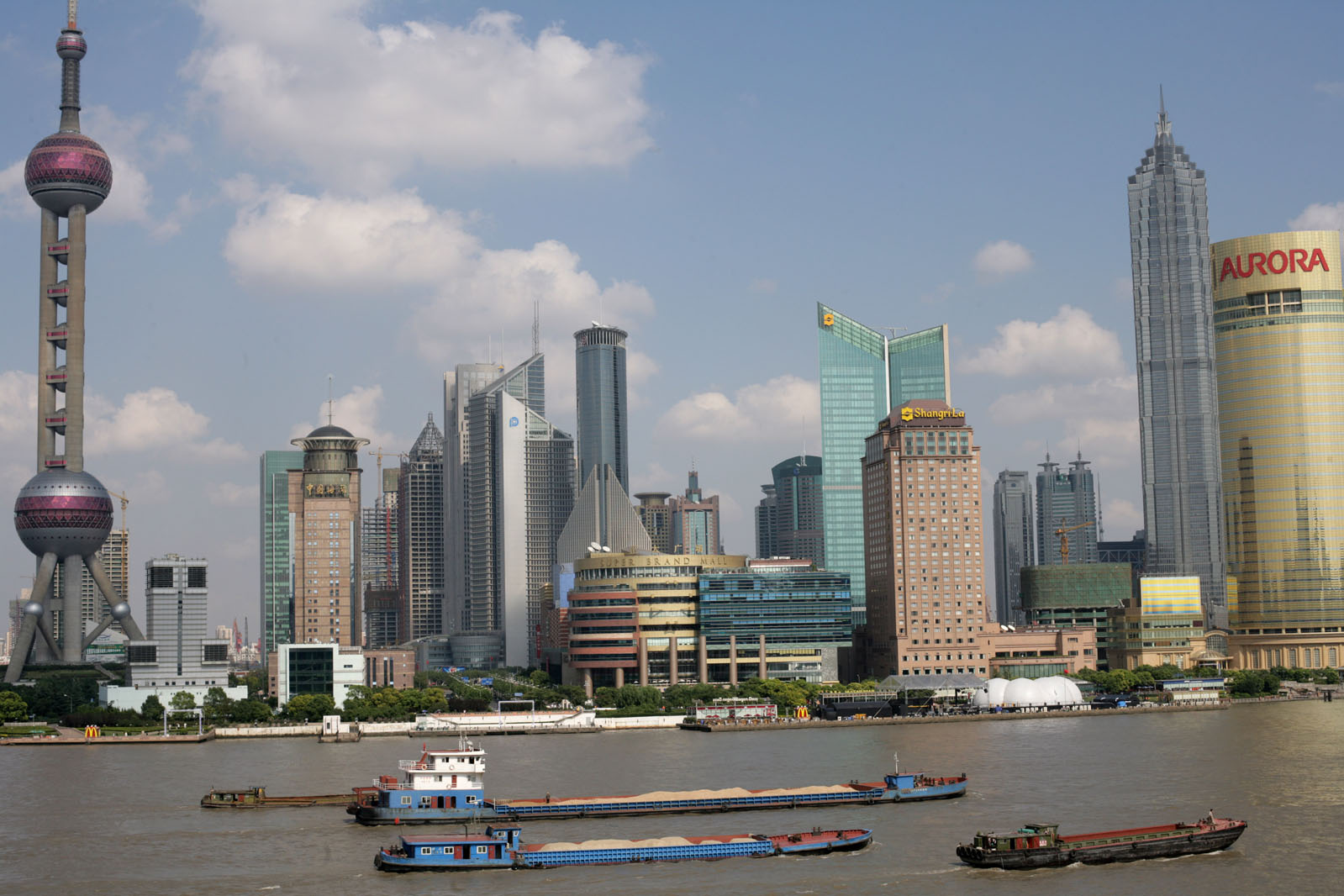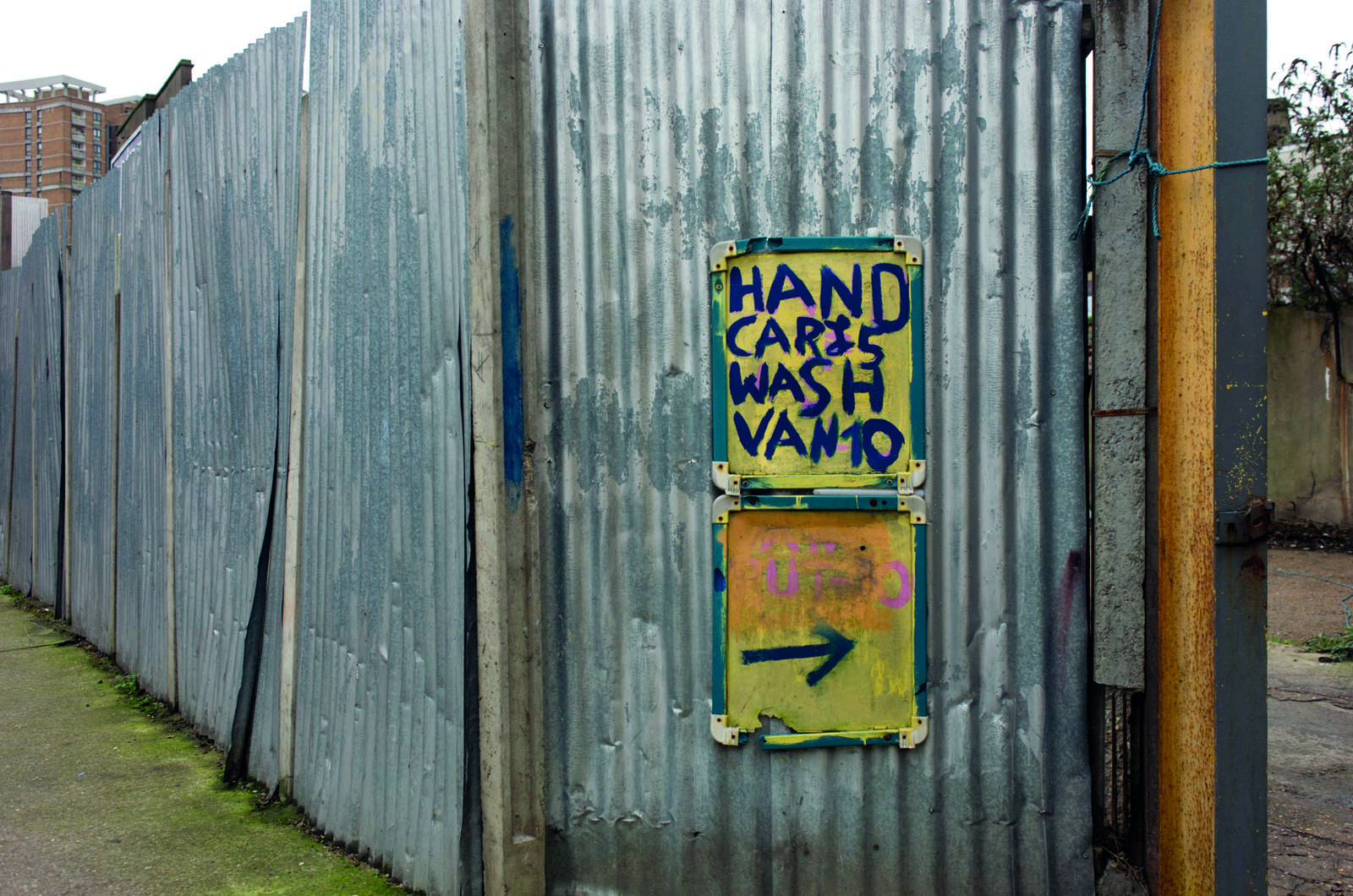The Far East has for many years, and continues to be, the shopping centre for most businesses. If there is any question, a quick check of tags in the clothes you are wearing or product packaging around the home will confirm this.
I first visited Hong Kong, Taiwan and China on a sourcing trip around 20 years ago; it was a tremendous experience at a relatively young age. Meeting the individuals that I had been communicating with, visiting their offices and factories was essential at the time to move our purchasing to the next level.
Not only for us to grow confidence in them but also for these businesses to know who they were speaking to 5,000 miles away. The adage of ‘people do business with people’ is particularly relevant in certain cultures. Understanding and being sympathetic to them is essential for long-term amicable relationships.
Having been the world’s factory for decades, the Far East is more than simply a source for low-cost products. It can often be the only source when businesses in the West have not developed capacity to produce certain items or are unable to support the scale of manufacturing required to supply volumes demanded. Additionally, China is a large source of raw materials relied upon by factories in Europe. Its importance in the global supply chain is undeniable. There are pitfalls in all trades, small or large, in all corners of the globe. Businesses’ procurement and purchasing functions must be aware and prepared.
We start with supplier selection and the decision of whether to deal directly with factories or trading companies (intermediaries that consolidate the sourcing of multiple products from various producers). For me, there is a simple consideration that makes this decision. If we are buying a selection of products from several factories in relatively low volumes, at least to begin with, an agent could be the appropriate route.
If, however, we are purchasing a flagship product and in large quantities, the correct decision may be direct. This is also more relevant where the product is unique to us, perhaps with its own tooling; direct communication with the manufacturer is needed.
That is not to say however that factory liaison is off the cards when an agent is involved. Quite the contrary. I would encourage it. Conversely, there is a misconception that you pay more with a trading company.
Again, a myth as it may have an existing relationship and can negotiate better than you can (not that we like to admit it!), also benefiting from combined volumes that they have with other clients. We then move to product approvals and ensure that when you open the doors of the shipping container what you see is what you paid for.
Sampling is an essential process. Forget our 60-day no-quibble refunds or prepaid returns labels in the parcel. You do not want to have a conversation of how you send back your 20-tonne container for an exchange. This is not somewhere to cut costs.
Depending on product size and weight, it could cost no more than £100 to have a sample parcel sent by courier. Do it. Test the items. Prod and poke them. Make sure they are what you want and expected. If you have bespoke packaging or any other customisation, it is crucial to request preproduction and production samples.
Be confident that your order has been prepared exactly as you expected. I also recommend having photos and videos sent of the order, including the transit packaging. An incorrect interpretation of print quality, product colours and more could be disastrous. I would offer personal experience but that would call into question my credibility! Before arriving at the step above there would, or should have been, a conversation about payment terms.
There are no hard and fast rules. It is down to negotiation, particularly with the first orders, and a question of the confidence that each party has in the other. It could be a deposit with the order and the balance due before loading following sample approvals.
Or it could be balanced due after shipment, with the goods released for final delivery, then when the relationship is more established, ‘conventional’ credit terms. There are also financial instruments such as Letter of Credit, which your bank is able to advise on. Caution is needed, also when confirming bank details.
I have experienced more than one incident of supplier email accounts being hacked, paperwork edited and new bank details being advised. These are red flags, after all how often does anyone switch banks? You are now ready to ship your precious cargo. I am a strong believer in having a great freight forwarder. Particularly when they have offices at origin, which most do, because they can liaise directly with the factories to arrange shipments on your behalf. Freight rates are generally very transparent but look out for hidden items such as origin fees and UK port costs. They are, in the main, industry standard but remain mindful.
The greatest economies are shipping a full container load however do not feel obliged to ship a smaller quantity in the first instance rather than overstocking and tying up valuable cash and space. Congratulations! Your shiny new products have arrived – exactly as you expected them to. Everyone is happy and you have created the foundations for reliable on-going supply.
Words: Yiano Ioannou, Expert in trading with the Far East.














Go to comments